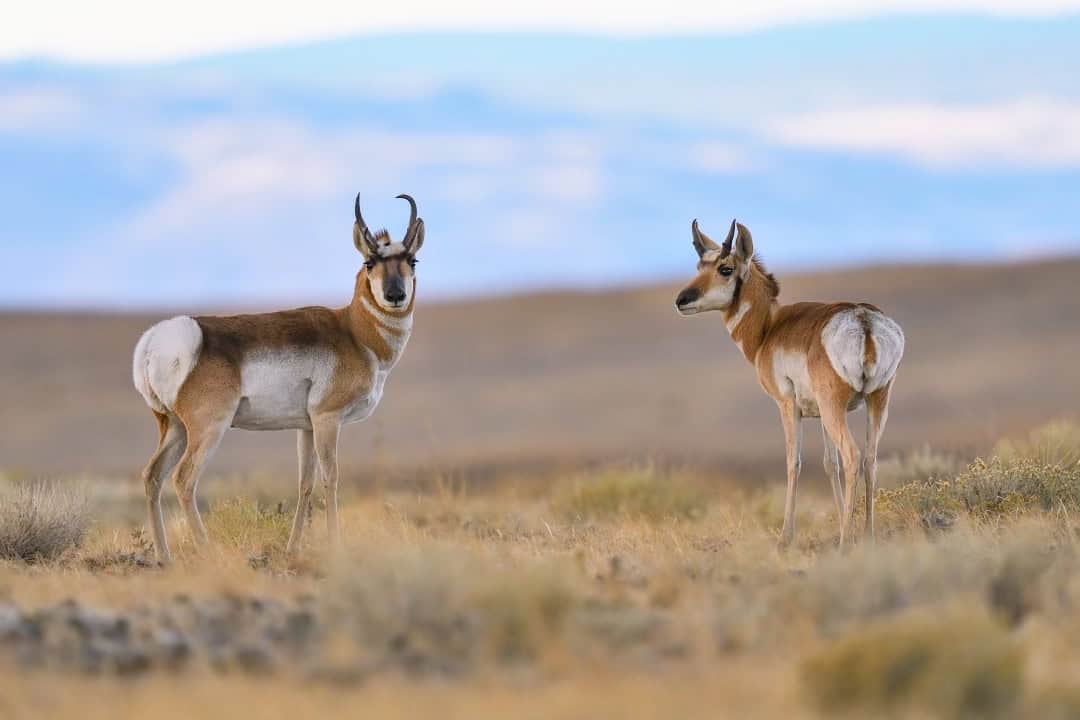Share this article
Wildlife Featured in this article
- eastern brown snake
- black bear
- lion
The relationship between climate change and human-wildlife conflict
A warming climate is exacerbating conflicts between people and wildlife
A warming climate is exacerbating human-wildlife conflicts, researchers found. In some cases, climate change is shifting wildlife habitats, bringing them closer to people where they hadn’t been before. Shifts in climate can also change the timing of events, behaviors and resource availability, leading to more conflict with humans. People may also be moving and changing their behaviors, putting them in closer contact with wildlife.
To understand more about these trends, researchers conducted a literature review of human-wildlife conflicts and pulled out cases that were linked to the effects of climate change. Some examples they found included higher temperatures in Australia causing more aggression in eastern brown snakes (Pseudonaja textilis), resulting in more snakebites. In another case, La Niña events had caused black bears (Ursus americanus) in New Mexico to come into neighborhoods in search of food more often. In Africa, lions (Panthera leo) were preying on livestock more often as drought made natural prey scarcer.
Header Image: Lions on a kill in Botswana’s Okavango Delta. As natural prey becomes scarcer, lions are more often turning to livestock. Credit: Briana Abrahms








